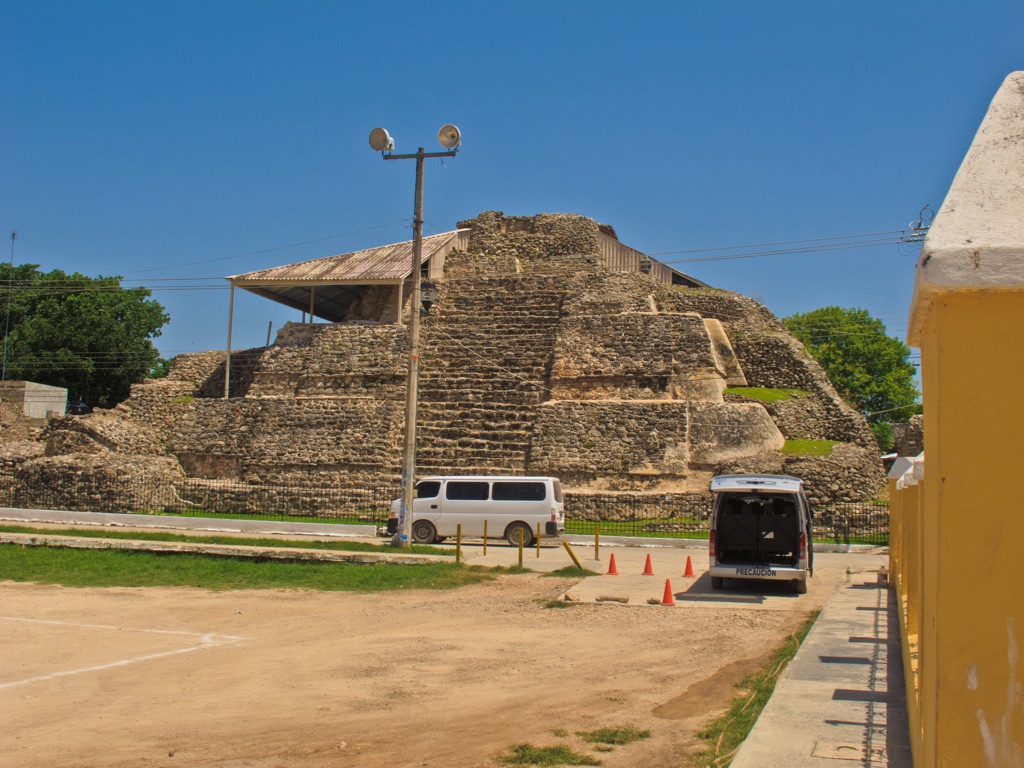The Acanceh Maya ruins are a captivating historical site located in the Yucatan Peninsula of Mexico. These ruins showcase the remnants of a pre-Columbian Maya civilization. They offer a glimpse into the complex society that once thrived in this region. The site includes several structures, such as pyramids and palaces, which display the architectural prowess of the Maya people. Acanceh stands out for its unique blend of architectural styles and the presence of stucco reliefs, which are rare in the region.
Get your dose of History via Email
Historical Background of Acanceh Maya Ruins
Acanceh, meaning ‘groan of the deer’ in the Yucatec Maya language, is a site steeped in history. Discovered in the late 19th century, it drew attention due to its well-preserved stucco facades. The Maya built Acanceh during the Classic period, around 300-900 AD. It later saw habitation and modification in the Postclassic period, up to the arrival of the Spanish. The site’s discovery by archaeologists brought to light its significance, revealing a blend of Puuc and Chenes architectural styles.
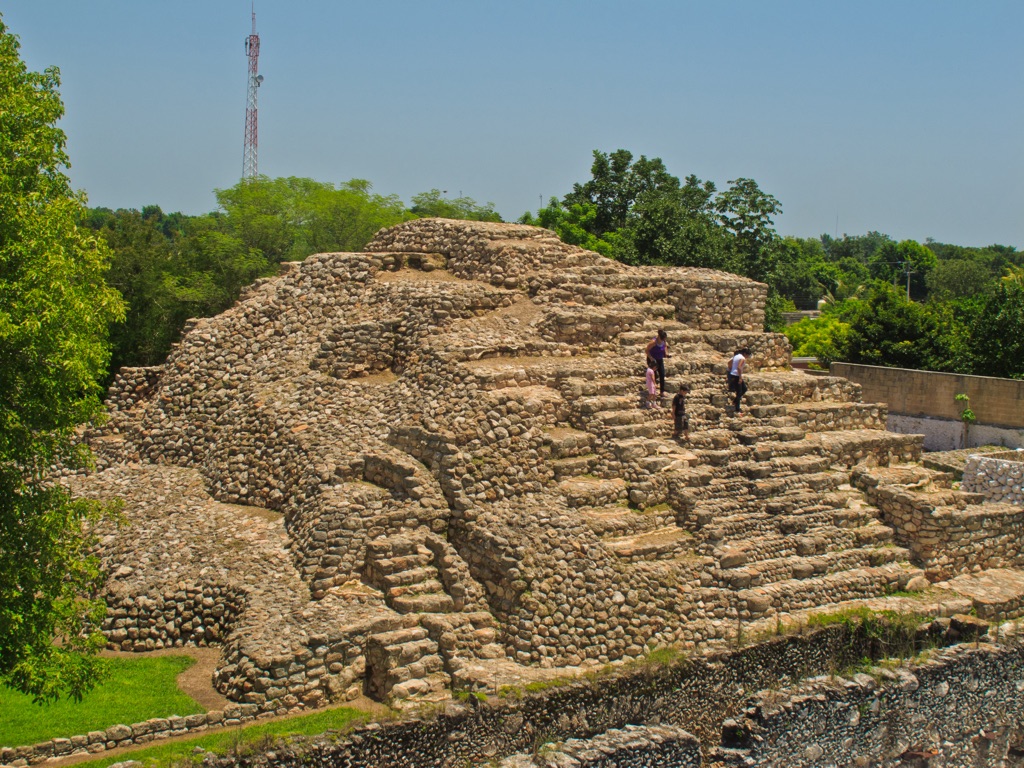
Desiderio Canto first reported the site in 1886, but it was Teoberto Maler who conducted the initial documentation in 1895. The Maya who built Acanceh achieved a sophisticated level of civilization, evident in their constructions. Although not as famous as Chichen Itza or Uxmal, Acanceh played a vital role in the region’s history. It served as a hub for trade, culture, and possibly religion.
Over the centuries, Acanceh witnessed various changes. New structures were built atop older ones, indicating a continuous occupation and evolution of the site. The Spanish conquest introduced new elements to the area, but the core of Acanceh remained a testament to Maya ingenuity.
The site’s architecture and artifacts suggest a society that valued art, astronomy, and urban planning. The Maya of Acanceh left behind a legacy that continues to intrigue scholars and visitors alike. The site’s preservation allows for ongoing research and a better understanding of the Maya civilization.
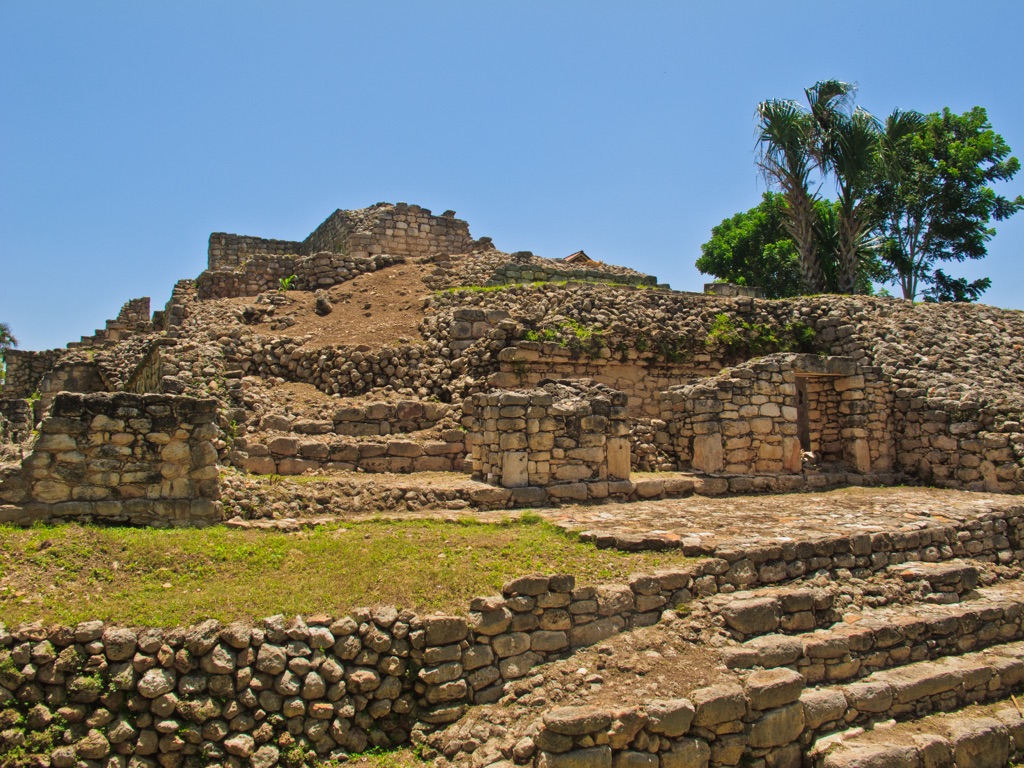
About Acanceh Maya Ruins
The site features several structures, including the main pyramid, which stands at the heart of Acanceh. This pyramid is notable for its stucco reliefs, which depict various figures and symbols. The construction techniques reflect the understanding of engineering and aesthetics the Maya had.
Building materials for the structures at Acanceh were primarily limestone, common in the region. The Maya utilized a corbel arch technique, allowing them to create impressive doorways and passageways. The site also includes a ball court, suggesting that the Mesoamerican ballgame was an important aspect of the culture.
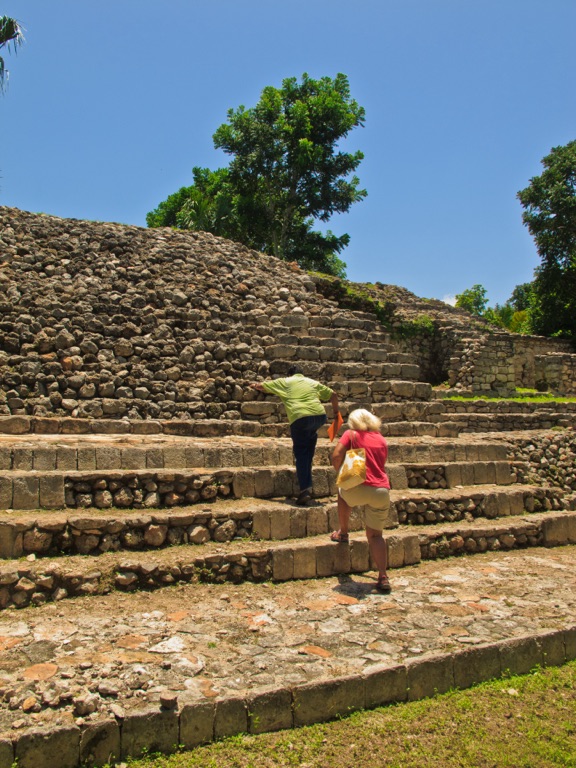
Architectural highlights of Acanceh include the blending of different styles. The presence of both Puuc and Chenes elements indicates a cultural exchange and possibly the convergence of different Maya groups. The stucco facades are among the best-preserved examples of their kind in the Yucatan.
The layout of Acanceh suggests careful planning. The central pyramid is surrounded by other significant buildings, creating a cohesive civic and ceremonial center. The positioning of structures may have had astronomical significance, aligning with celestial events like some other Maya sites throughout Mesoamerica.
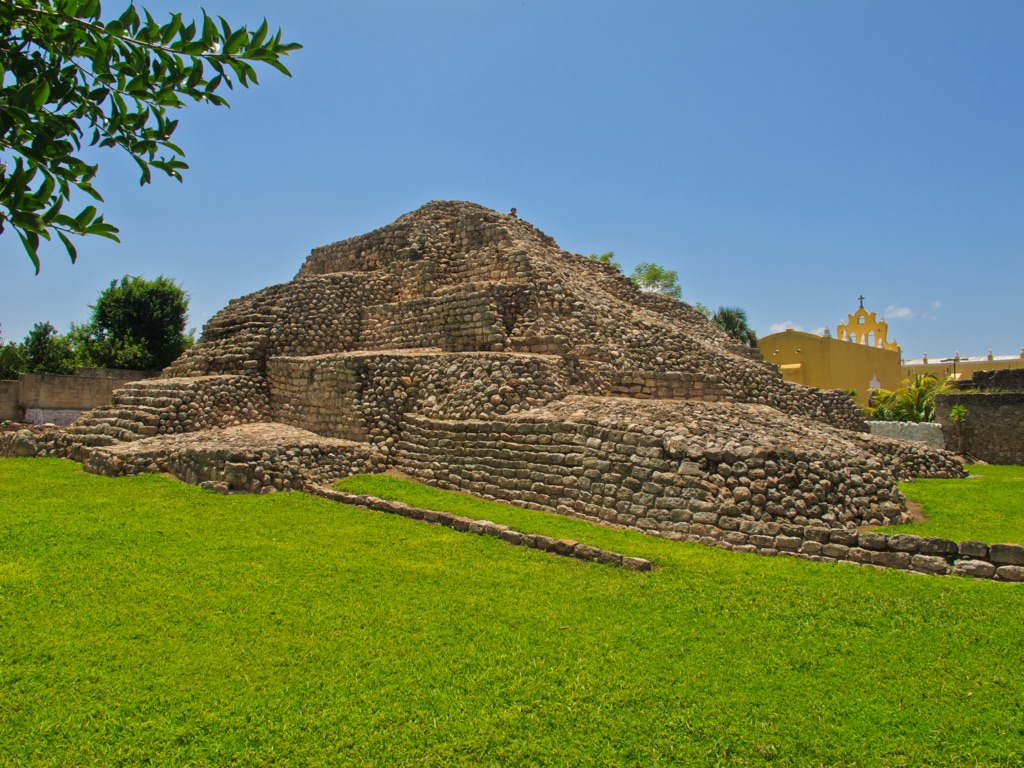
Theories and Interpretations
Acanceh has sparked various theories regarding its use and significance. Some scholars suggest that the site was a religious center, as evidenced by the iconography on the stucco reliefs. These images may represent deities or cosmological concepts important to the Maya.
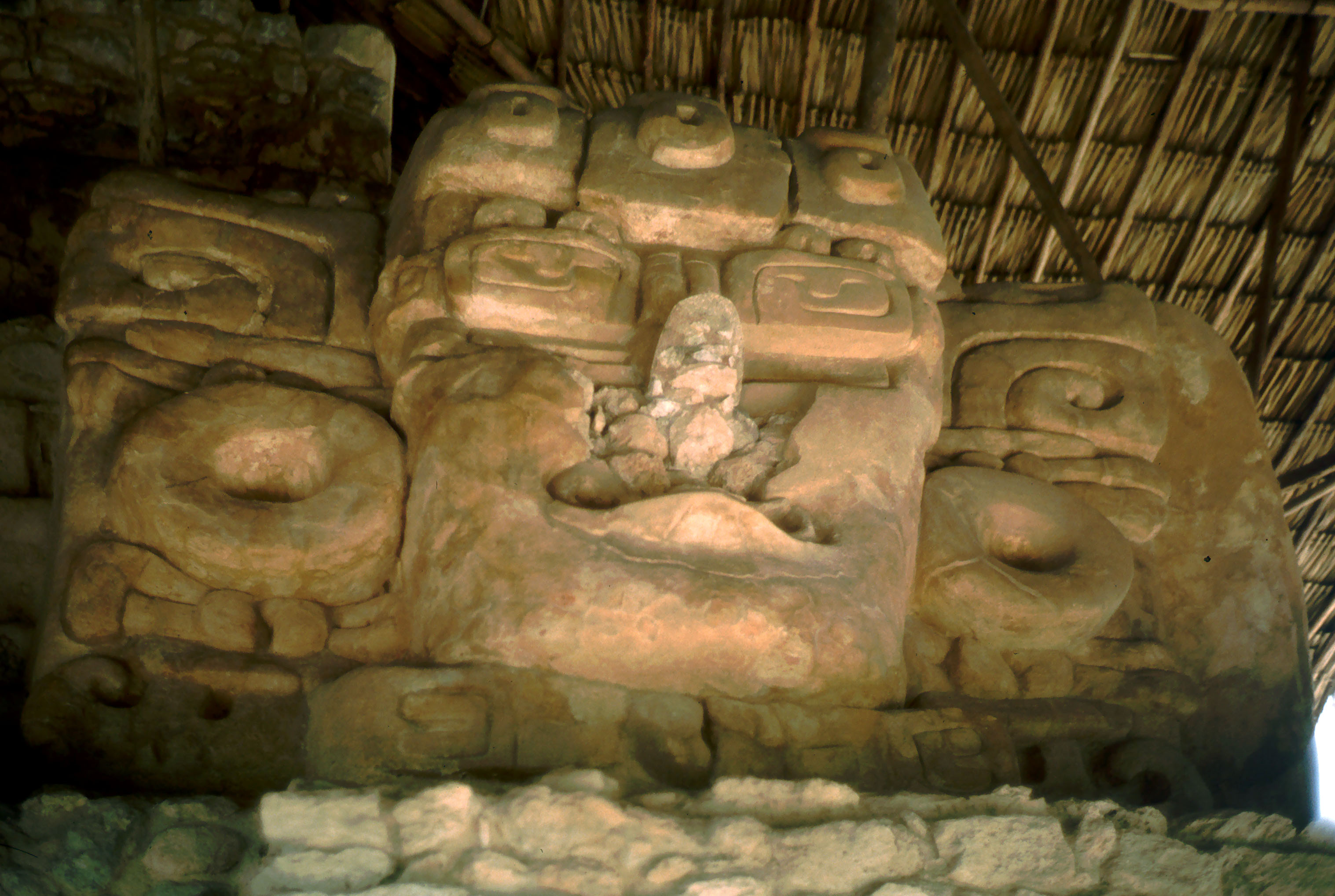
There are mysteries surrounding Acanceh, particularly regarding the purpose of certain structures. The presence of a ball court implies a social or ritual function, but the exact nature of the activities remains a topic of debate. The site’s layout has led to interpretations that link the buildings to astronomical events, which were significant to the Maya calendar and rituals.
Historical records from the Postclassic period provide some context for Acanceh, but much of its history requires interpretation. The blending of architectural styles at the site suggests a complex socio-political environment, where different Maya groups interacted and influenced each other.
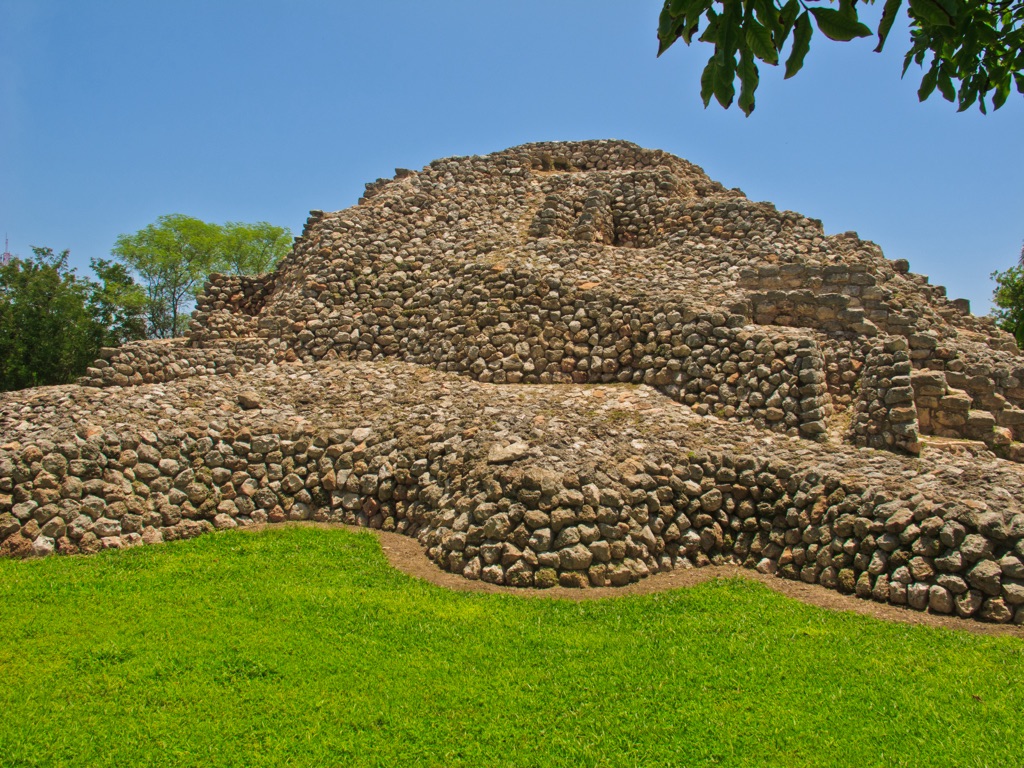
Dating of the structures at Acanceh has been carried out using methods such as stratigraphy and ceramic analysis. These techniques have helped establish a timeline for the construction and modification of the site. However, there is still much to learn about the precise chronology of events at Acanceh.
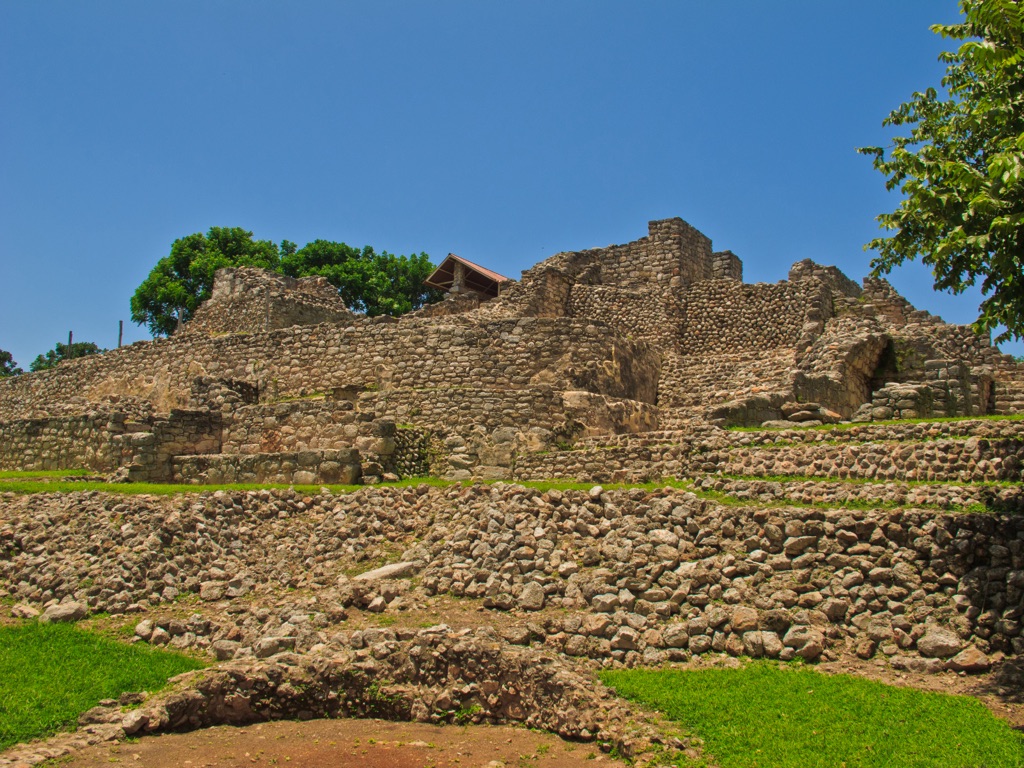
At a glance
Country: Mexico
Civilization: Maya
Age: Classic period, around 300-900 AD
Sources
Wikipedia: https://en.wikipedia.org/wiki/Acanceh

